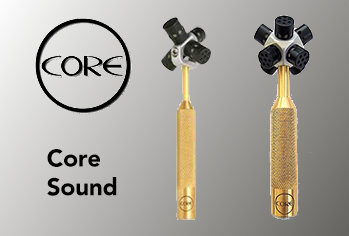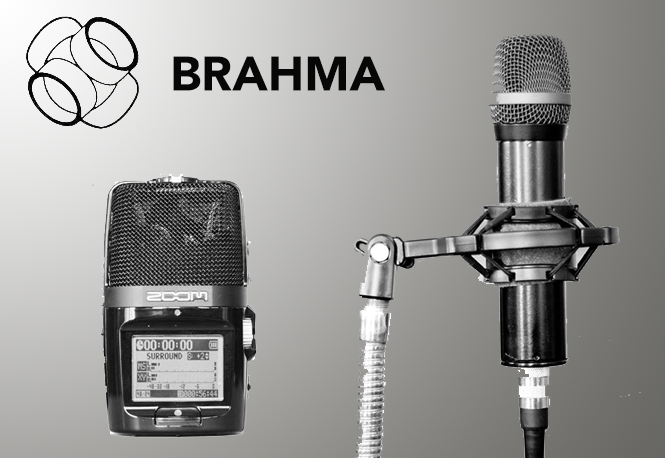About
VVAudio
VVAudio started around 2001 when David McGriffy recorded the Reno Air Races with a SoundField microphone and went looking for software for processing the results. Angelo Farina had a bit of Fortran code on his web site for deriving virtual microphones from B-format. David rewrote it in C++, added a visual interface and Visual Virtual Mic was born. Thus VVAudio was in the ambisonic decoder business.
Then in 2007, Core Sound began developing its TetraMic and looking for software to support it. VVAudio worked with Len Moskowitz and Richard Lee to develop a calibration process and a signal chain to implement the results. Thus VVAudio got into the encoder business.
Here's a timeline of VVAudio's releases
- 2001 - Visual Virtual Mic
- 2005 - VVMicVST
- 2007 - VVMic for TetraMic
- 2008 - VVTetraVST
- 2009 - parametric and HOA
- 2013 - VVSDK
- 2015 - VVEncode
- 2018 - VVDecode, VVOctoEncode, VVDecodeH
David McGriffy
David McGriffy is VVAudio's principle inventor, programmer, and just about everything else. He has been recording music since he could press the record button on his father's stereo and been programming computers nearly as long. Add a degree in math, stir well, and you have ambisonics. While working on audio code, David has also held many varied jobs in the computer industry, from startups to government and natural foods to oil rigs, this last leading to a patent for a vibration analysis system.
David has also written a book on drones, "Make: Drones, Teach an Arduino to Fly".


